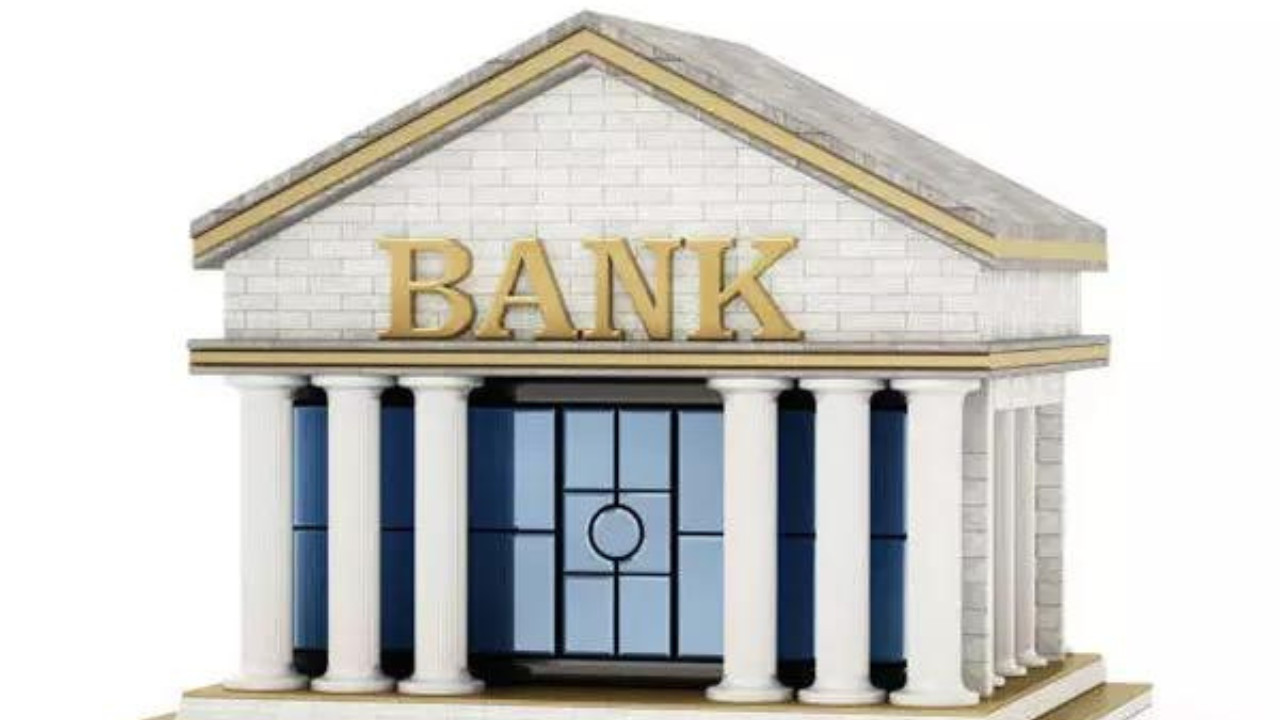India’s banking sector experienced a slowdown in the June quarter, marked by subdued credit growth and inconsistent deposit performance. HDFC Bank, along with Punjab National Bank and UCO Bank, defied this trend, reporting growth in both deposits and advances. Conversely, Bank of Baroda and Yes Bank saw declines.
Navigating the Murky Waters: What’s Happening with India’s Loan Growth?
The Indian banking sector, a vital artery pumping lifeblood into the nation’s economy, is currently experiencing a curious quiet spell. Recent reports suggest that loan growth at most banks has been surprisingly subdued in the June quarter. Forget the roaring engines of expansion; we’re hearing more of a gentle hum. What’s behind this slowdown, and what does it mean for businesses and consumers alike? Let’s dive in.
The initial headlines paint a fairly clear picture: several major banking institutions are reporting significantly lower-than-anticipated loan disbursements. While banks usually experience fluctuations from quarter to quarter, the overall trend suggests something more structural might be at play. Several factors could be influencing this restrained lending environment.
One of the key contenders is the prevailing economic climate. While India continues to be one of the fastest-growing major economies globally, there are pockets of uncertainty. Inflation, though moderating, remains a concern. Businesses might be hesitant to take on new debt in the face of potential cost increases and fluctuating demand. Consumers, too, might be more cautious about borrowing for big-ticket items, choosing instead to save or delay purchases.
<img src="image-of-banking-hall.jpg" alt="A modern banking hall symbolizing India's loan growth challenges.” width=”600″ height=”400″>
Furthermore, the Reserve Bank of India’s (RBI) monetary policy stance plays a significant role. The RBI has been carefully managing interest rates to control inflation. Higher interest rates make borrowing more expensive, naturally dampening demand for loans. This strategy, while necessary to maintain price stability, inevitably impacts credit availability.
Another crucial aspect to consider is the increased scrutiny and tighter regulations within the banking sector. Following past episodes of non-performing assets (NPAs), banks are now exercising greater caution in their lending practices. Risk assessment has become more stringent, and loan approvals are subject to more thorough due diligence. While this is positive for long-term financial stability, it can also lead to a temporary slowdown in loan growth. Banks are prioritizing the quality of their loan portfolios over sheer volume.
#### Sector-Specific Stagnation and the Future of Lending
Certain sectors within the Indian economy might be experiencing more pronounced slowdowns than others. For instance, infrastructure projects, which often require significant bank financing, could be facing delays due to land acquisition issues or regulatory hurdles. Similarly, the real estate sector, another major borrower, might be experiencing a period of consolidation, impacting demand for housing loans. Understanding these sector-specific nuances is crucial to gaining a comprehensive picture of the overall loan growth scenario.
However, it’s not all gloom and doom. While the June quarter numbers might be underwhelming, there are reasons to remain cautiously optimistic. Government initiatives aimed at boosting infrastructure development and promoting entrepreneurship could eventually spur credit demand. Moreover, as inflation moderates further and the economic outlook becomes clearer, businesses and consumers might regain their appetite for borrowing. The upcoming festive season, traditionally a period of increased spending, could also provide a much-needed boost to retail lending.
Looking ahead, the key to unlocking sustainable loan growth lies in a delicate balancing act. Banks need to maintain prudent lending practices while also catering to the credit needs of a growing economy. Innovation in financial technology (fintech) could play a crucial role in expanding access to credit, particularly for small and medium-sized enterprises (SMEs). Digital lending platforms can streamline the loan application process, reduce transaction costs, and reach a wider customer base. Related reading: Explore how fintech is revolutionizing personal finance in India.
The path forward isn’t without its challenges. Navigating the complex interplay of economic uncertainties, regulatory requirements, and evolving consumer preferences will require strategic agility and a long-term perspective. But the potential rewards – a thriving economy fueled by robust credit growth – are well worth the effort.
A Cautiously Optimistic Outlook on Indian Lending
While the subdued loan growth in the June quarter presents a complex picture, it’s important to avoid drawing hasty conclusions. It’s a period of recalibration, where banks are prioritizing stability and long-term sustainability. As economic conditions improve and lending practices adapt to the evolving landscape, we can anticipate a gradual but steady resurgence in loan demand, ultimately contributing to a more vibrant and inclusive Indian economy.







